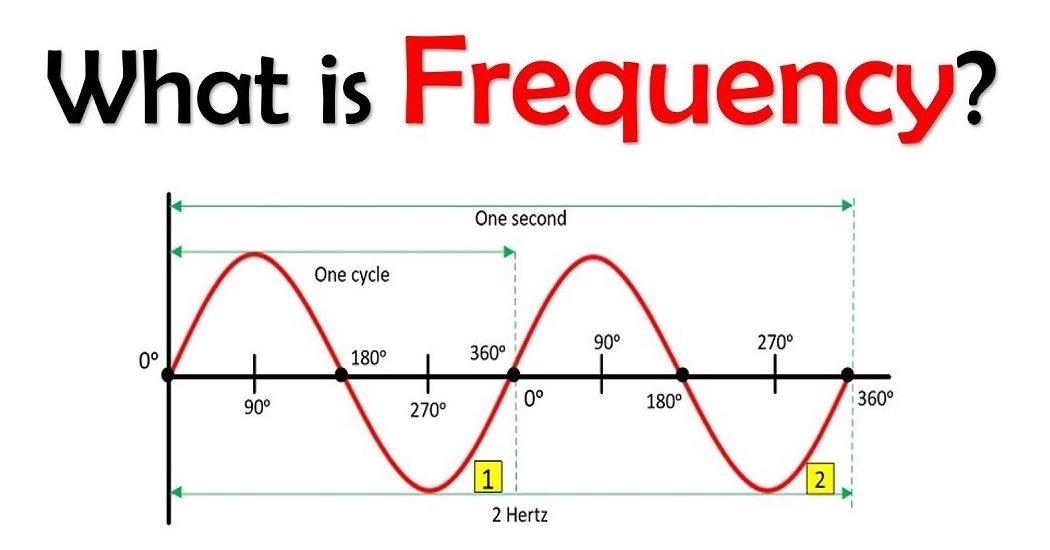Successful locating depends on knowing which Frequency to use.

Electromagnetic locating is widely considered to be the most common method for locating underground utilities. This technology has become a reliable best practice limited only by the type of instrument and the level of training the operator has.
As a trainer one of the first questions I am asked when we start the Locating Component of our course, is “what is the best frequency to use?” And really the only way to accurately answer the question is by saying “the one that works”. Understanding Frequency Selection provides locate professionals more options. Early equipment hampered the locator by only providing a limited range of selectable frequencies, whilst with more advanced locate instrument there are more options available including the strength of the signal current, the range of frequency and the power output.
All of these solutions have their place, but regardless, if the operator uses a passive, inductive or direct connect method to perform an effective locate, the operator must have a basic knowledge of the signal properties and the ability to select the optimal frequency.
What is Frequency?
Electromagnetic energy is created when alternating current passes through a metallic conductor. This electrical energy rises and falls a certain number of times per second, which in turn causes a magnetic field to build and collapse around the conductor at a predictable rate. This rate is known as the frequency. Frequency is expressed in units of hertz (Hz), which means the number of wave cycles per second (the number of times per second, or cycles per second, that the magnetic field builds and collapses), or kilohertz (kHz), which means thousands of cycles per second. Heinrich Rudolf Hertz was a German physicist who first conclusively proved the existence of the electromagnetic waves predicted by James Clerk Maxwell’s equations of electromagnetism. The unit of frequency, cycle per second, was named the “hertz” in his honour.
Frequency Affects the Locator’s Ability to Trace a Line
Choosing the frequency that will give the locator the clearest signal depends on many variables. Different frequencies may behave differently depending on the line conductivity or differing ground conditions.
The properties of each utility line, or circuit, and even the soil surrounding the line can be conducive or resistant to the flow of electrical current. A highly conductive line will provide a strong flow of electrical current. A highly resistant line will provide a poor flow of electrical current. A frequency selection for one particular job may not be optimal for another. The selection that worked best one day may not work at all on another. Locate professionals may have a favourite frequency that they commonly use, but it may not always produce the desired result.
The “Golden Rule” for frequency selection says, “Use the lowest frequency that will produce a traceable signal over the distance that is needed to cover.” By understanding the range of frequencies available and how they interact with surroundings, the professional locator can better choose which frequency is needed. Understanding how high and low frequencies act in a given situation will help the locate professional achieve consistently better results.
The table below separates frequency into 4 distinct ranges:
| Very Low to Low (128 Hz – 1 kHz) | ||
| Characteristics | Pro’s | Con’s |
| Frequencies this low need a particularly good circuit to work. | Will travel exceptionally long distances.
Will not jump onto other pipes or cables. The current flow will follow the path of least resistance and stay on conductors that are continuously metallic and well-grounded at both the transmitter and the far end. |
They do not perform well where there are breaks, gaskets, poor connections, and dry soil resistance to current flow. |
| Medium (4 – 40 kHz) | ||
| Characteristics | Pro’s | Con’s |
| They are a bit stronger and less susceptible to ambient noise. | Signal bleed into the surrounding earth and onto adjacent utilities is limited. If the soil and circuit properties are conductive, and the distance is reasonable, the medium frequency is usually a good frequency range to start with in most circumstances. | |
| High Frequencies (40 – 300 kHz) | ||
| Characteristics | Pro’s | Con’s |
| Care needed at frequencies towards the higher end. | Stubs, dead-ends, and poorly grounded laterals can more likely be energized and detected.
Signal can often travel through high-resistant rubber coated pipe joints and insulated cable. More likely to penetrate the gap of broken trace. |
Bleeds heavily into the ground surrounding the conductor.
This significantly reduces its range and compromises the accuracy of the signal. Greater possibility to “jump” and couple more readily onto nearby conductors. |
| Very-high Frequencies (>300 kHz) | ||
| Characteristics | Pro’s | Con’s |
| Tend to energise all metallic conductors in the area. Frequency of last resort. | Often suitable for highly resistant circuits that cannot be located with a lower frequency.
These frequencies penetrate the soil easily, energizing all nearby conductors. |
Care should always be taken to minimize distortion.
Significantly limited distance they can travel. |
So, what is the best frequency to use – remember the Golden Rule – “Always use the lowest frequency that will produce a traceable signal over the distance that is needed to cover.”
Locating Unlimited Pty Ltd (RTO ID 45518), Australasia’s leading provider of Underground Damage Prevention and locator Training is committed to providing training and information to help maintain safe work practices around buried utilities and prevent damage to this infrastructure.
Contact Jeff at Locating Unlimited – 0419 44 66 27 or jeff.moore@locatingunlimited.com.au